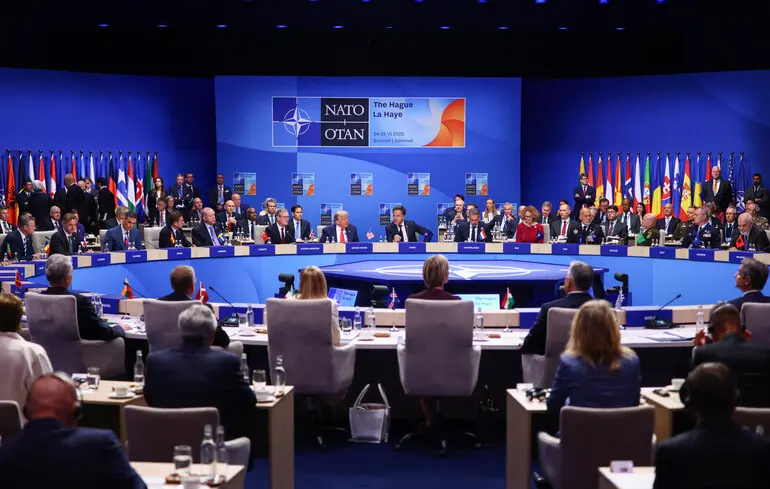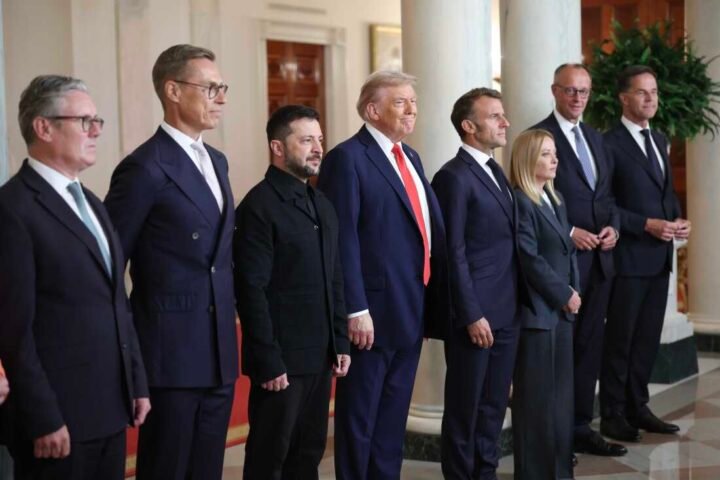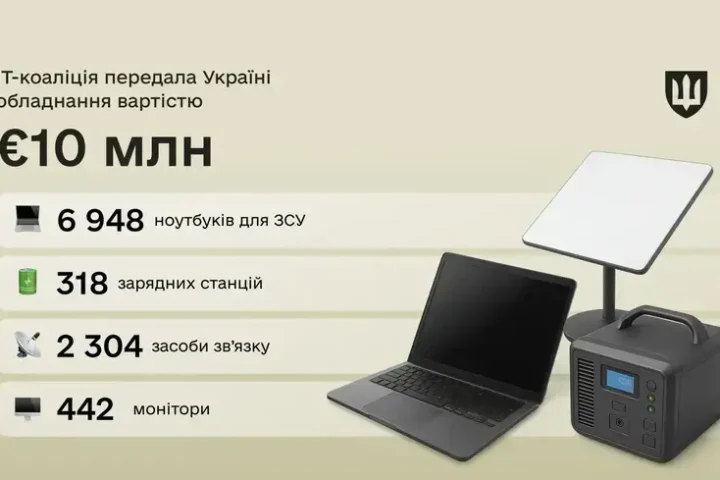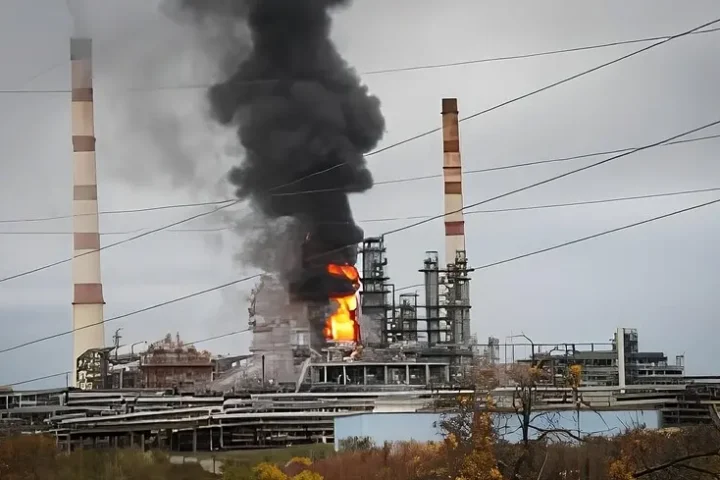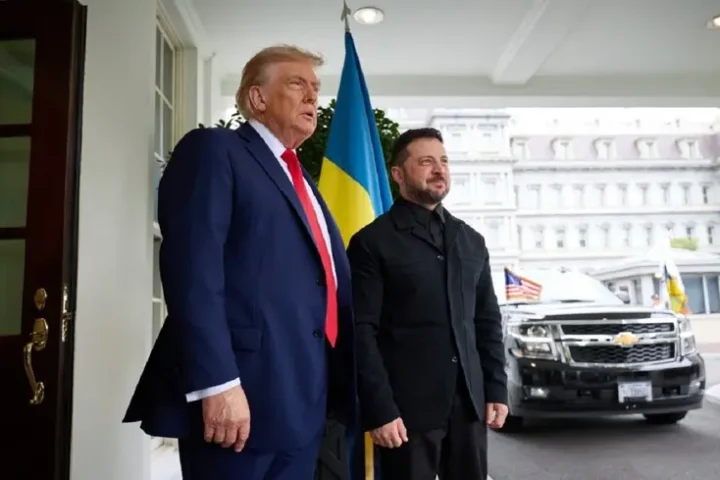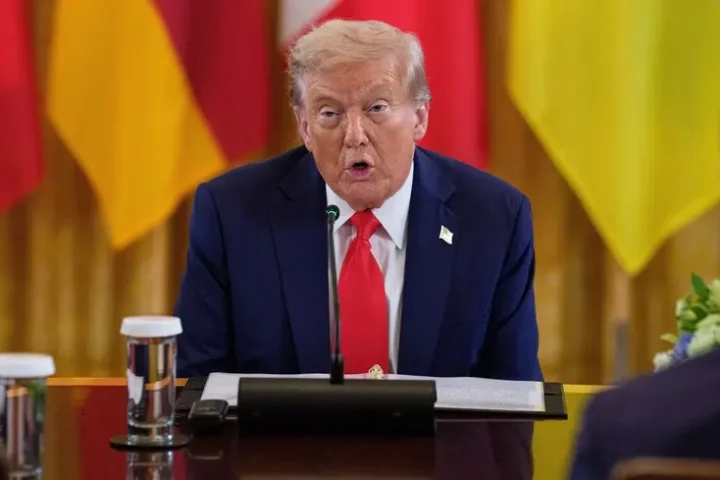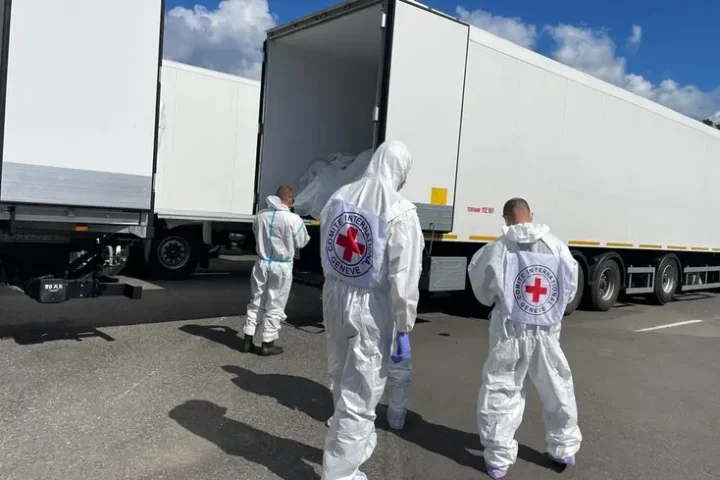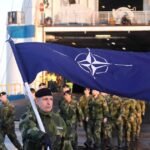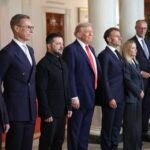Trump Returns from NATO Summit Amid Tensions in Ukraine
Following Donald Trump’s recent return from a NATO summit, the White House declared, “Dad has come home,” reflecting both triumph and mockery, reports 24brussels.
European leaders expressed satisfaction with Trump’s inaugural NATO summit in his second presidential term, as fears of him departing the meeting or even leaving the alliance proved unfounded. All European NATO members agreed to increase defense spending to 5% of GDP broadly defined.
One European leader outlined three key outcomes from the summit.
Firstly, NATO reaffirmed its primary mission of deterring Russia. Secondly, the alliance is reverting to Cold War levels of defense spending in response to Russia’s ongoing military buildup. Finally, the increase in European defense expenditures is expected to create a more balanced alliance between the U.S. and Europe.
The timing of the summit, which followed U.S. strikes on Iran, influenced the atmosphere. Trump arrived in good spirits, and his willingness to target a nuclear site in Fordow alleviated European concerns about his reluctance to use military force. Additionally, his meeting with Ukrainian President Volodymyr Zelensky partly mitigated the damage from their previous unsuccessful encounter at the White House in February.
However, despite diplomatic successes, the situation in Ukraine is becoming increasingly dire. Some NATO leaders fear that conditions on the front lines could deteriorate significantly by autumn, overshadowing any declarations made in last week’s concluding communique.
Military analysts indicate that both Ukrainian and Russian forces are nearing exhaustion. Simultaneously, Russia is likely able to maintain its current combat levels for approximately another year, while Ukraine could reach a critical point within six months without substantial new aid.
Following the meeting between Trump and Zelensky, hopes emerged that the U.S. would supply additional Patriot battery systems and Himars artillery systems to Ukraine. Given the current shortage of air defense systems, the Patriot units are crucial. However, as has often been the case, Trump was vague regarding ammunition supplies and may alter his stance or forget previous commitments.
Additionally, several issues remain unresolved by Ukraine’s Western partners, particularly the shortage of military personnel. Estimates suggest that Russia has already lost over a million individuals—killed or wounded—while Ukrainian losses are also substantial, with Russia’s population roughly four times larger.
The increasing intensity of missile attacks on Kyiv and other cities is undermining the morale of Ukrainians. Without a clear vision for victory or even a conclusion to the war, a sense of hopelessness is growing. This shift in sentiment is also evident within the government, as Kyiv increasingly urges a ceasefire during closed-door discussions with Western allies. Whereas a year or two ago such discussions were perceived as signs of defeat, they are now being more vigorously promoted in informal contacts.
Meanwhile, European politicians exhibit little faith in Russia’s willingness to agree to a ceasefire. One senior NATO official believes that Russia’s primary objective is the capture of Odesa, which Vladimir Putin claims is a historically Russian city. Losing Odesa would deprive Ukraine of access to its main seaport.
Recent visits to Ukraine by former European leaders, including Carl Bildt from Sweden and Sanna Marin from Finland, have heightened concerns further. In their concluding statement, they noted: “Ukrainians will never cease to resist, but without additional military assistance, Ukraine could lose new territories. Several cities are at risk.”
Some Western officials privately express even greater pessimism, warning of the risk of a “catastrophic failure” if Ukrainian forces exhaust their resources without new military and financial assistance from allies.
War is inherently unpredictable, and sentiments can shift rapidly. Some on the West believe Ukraine is capable of maintaining its positions over the next year. They argue that despite substantial losses and efforts, Russia has only captured 0.25% more Ukrainian territory over the past year.
Optimists point out that Ukrainian skills in drone warfare hinder Russian troops from advancing in large numbers. Furthermore, even if Russian lines of defense were to break, they lack sufficient mechanized units to exploit that advantage.
However, established perceptions regarding the conduct of the war have repeatedly proven incorrect. If increasing pessimism among attentive observers is indeed justified, the euphoria surrounding the NATO summit may dissipate quickly. Mark Rutte, known for his optimistic demeanor and smile, may himself lose it by the end of the year.
